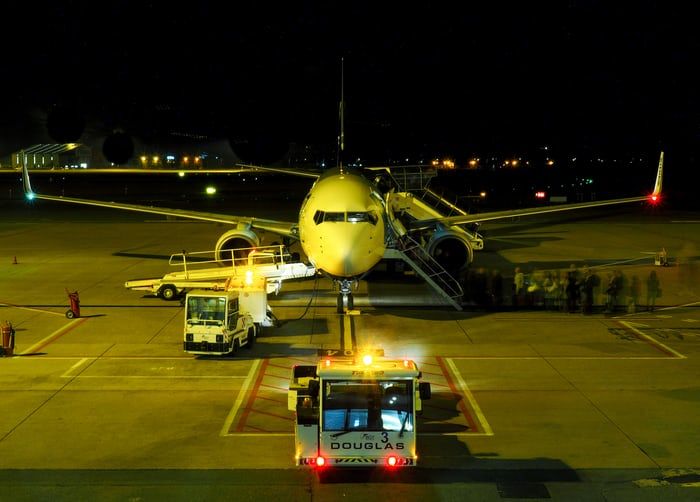Berlin’s Brandenburg Airport, a piece of modern infrastructure constructed keeping in mind the pace of the century is ready to push the city’s oldest airport out of the picture. Tegel, a relic from the last century on Sunday closed for good, CNN reported.
Tegel with its congested, tired and outdated layout, should’ve been unemployed quite some time ago. However, consistent delays in Brandenburg’s construction kept the city’s ago-old building alive.
Germans admired the fourth most crowded airport in the country, relished the beauty of it like any other public building in the country. In a way, Tegel symbolised the city of Berlin and the period beginning from World War II on the western side of the wall.
The World War II left West Berlin with the allied forces and their plan of turning the city into allotments. However, Joseph Stalin decided an additional airfield to bring a base of the French Air Force in June 1948.
With Tempelholf, the other airport’s runways being short, Tegel became the main station for the air traffic in the 1950s. However, when the country saw Cold War coming into the picture, Tegel coming under the Allied forces was used for military and civilian aircrafts extensively, CNN said.
It was much after 1950 when the airport became a ‘gateway to freedom’. Drahomira Bukowiecki fled communist Czechoslovakia in 1968 to West Berlin and was sentenced to 10 years of hard labor in absentia. For her, the airport became the only means of escaping a city surrounded by communism.
“I could only ever leave through Tegel, as I would have been arrested if I tried to cross the GDR via land,” CNN travel quoted Bukowiecki as saying. “So Tegel truly became my gateway to the world, also because I took a plane for the first time in my life from here.”
Tegel was seen as “a gateway to freedom” for some people fleeing Soviet oppression.
“And even after reunification, with air travel becoming available widely, that view did not change. Schönefeld really is so far away from the city center. So for me and my generation, Tegel is the true Berlin airport, a part of us, and the one place that enabled us to fly to freedom!”
With 1990 bringing the end to the cold war officially and the much-waited reunification of Germany Tegel became the official German government airport. Reunification also meant that passenger numbers and flights increased exponentially as air travel became more and more commonplace.
According to CNN, even with a capacity of 2.5 million fliers a year, Tegel handled 24 million people in 2019. The airport wasn’t just a means of transport, or just terminals, it was the representation of two centuries and the city of Berlin that bid farewell.







